During the days when B-52s roared overhead, under the flickering light of oil lamps, surrounded by buzzing mosquitoes, Ms. Hoang Xuan Sinh completed her 200-page handwritten doctoral thesis.
In mid-October, Professor Hoang Xuan Sinh arrived at her office at Thang Long University, the school she helped found. She was the first female professor of Mathematics in Vietnam, in 1980, in the field of Algebra; she also holds the title of People's Teacher and is the author of many high school and university mathematics textbooks.
At 90, she still uses the computer to keep up with news and research every day.
Ms. Sinh was born in 1933, in Cot village, Tu Liem, Hanoi . In 1951, after graduating with a Baccalaureate 1 degree in Biology, French and English at Chu Van An High School, she went to France to continue her studies for a Baccalaureate 2 degree, then studied Mathematics at Toulouse University.
At the age of 26, she completed her master's degree in Mathematics. Leaving the comforts of France, in 1960, she returned to teach at the Mathematics Department, Hanoi Pedagogical University as head of the Algebra Department.
As a lecturer, Ms. Sinh thinks it is imperative to combine teaching with research. " Science advances every day, sometimes very quickly. If we do not update our knowledge, what we teach will be very outdated, and it will be difficult for students to do good work. Therefore, I think we must do research. Doing a PhD is the beginning of research. That is a must," Ms. Sinh said.
Thinking that doing a PhD was just a "research practice" step, she still had to learn a lot because 6 years of studying Mathematics was not enough. She studied on her own during the fierce war period, with "four no's": no scientific environment, no teachers, no books and no Mathematics community.
"I affirm that no one can do a thesis in the same situation as me," said Ms. Sinh.
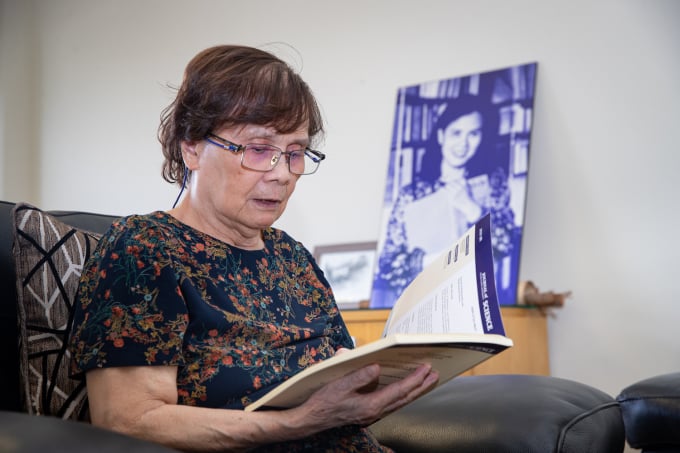
Professor Hoang Xuan Sinh in his office at Thang Long University on September 18. Photo: Thang Long University
During the early 1960s, even without a mentor, Ms. Sinh began preparing for her research. At that time, the only people who did mathematics were professors Nguyen Canh Toan, Hoang Tuy and Le Van Thiem. Her colleagues at the Pedagogical University only graduated from university, some even graduated from the two-year program because the time was shortened due to the urgent need to train cadres in the wartime situation.
"This means I have no scientific environment and no mathematical community to help me," Ms. Sinh shared.
Self-study was not smooth because there were no books. The library at the Pedagogical College at that time only had Math books in Russian and Chinese, very few books in English. To be able to read, Ms. Sinh learned Russian. For her, the lucky thing at that time was that Math did not have much vocabulary, everything revolved around definitions, theorems and results. Therefore, she quickly learned to read.
In 1967, a year after winning the Fields Medal, the famous mathematics professor Alexandre Grothendieck came to Vietnam to lecture as a way to protest the war. Mrs. Sinh thought this was an opportunity, so she asked him to guide her doctoral thesis and he accepted. After returning to France, he wrote to her to give her the topic and outline of the research.
During the five years from 1967 to 1972, she and her supervisor exchanged letters five times, of which he wrote to her twice and she responded three times. In addition to the letter about the topic, Professor Grothendieck sent another letter with the content "if you cannot solve the inverse problem, then leave it there, there is no need to do it anymore".
"I wrote the letter three times. Once I said I couldn't do the inverse problem. The second time I said I did it. The third time I said I had finished the outline the teacher gave me," Ms. Sinh said. Each time, it took eight months for her or the teacher's letter to be delivered.
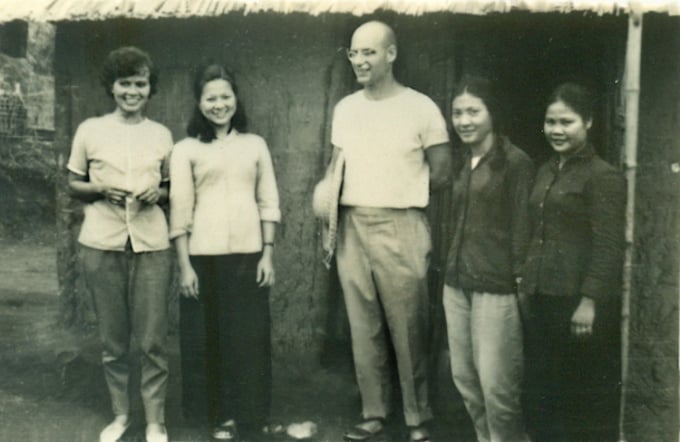
Ms. Hoang Xuan Sinh (far left) took a photo with Mathematics Professor Alexandre Grothendieck (middle) during his lecture in Vietnam. Photo: Family provided
Ms. Sinh still remembers clearly the days when she was working on her doctoral thesis and teaching at the same time. At that time, there was no policy for cadres to take time off or reduce teaching hours to do research, she even had to teach more hours because she had many degrees. Therefore, she taught during the day and started working on her thesis at night.
Teaching is not simply about lecturing, but also includes the task of ensuring the safety of students amidst bombs and bullets. She always has to listen for the sound of planes so that she can take students to the trenches for shelter.
At night, she worked on her thesis from 8-9pm until midnight in a thatched house with mud walls, a damp floor with grass growing up to her knees, "terrible" mosquitoes, and a flickering oil lamp that had to be covered so that planes above wouldn't see it. The next morning, she woke up early again and walked 4km on a muddy dirt road to school to give her lecture.
"After 5 years like that, my dream is simply to not hear airplanes during the day, not have mosquitoes at night, or have a flashlight so I can read in bed to avoid mosquitoes. I'm afraid that bringing an oil lamp to bed will burn it," Ms. Sinh said.
In 1972, when the American B-52 bombers dropped bombs on Hanoi, Ms. Sinh was taking students on an internship at Phu Xuyen B High School. Those nights, the planes roared terribly every night and the bombs exploded continuously, but she still sat and worked because she only had time for research at night.
When the Hanoi - Dien Bien Phu air campaign was victorious, Ms. Sinh completed her thesis. In 1973, her 200-page handwritten thesis in French titled "Gr-Catégories" was sent to France to Professor Grothendieck.
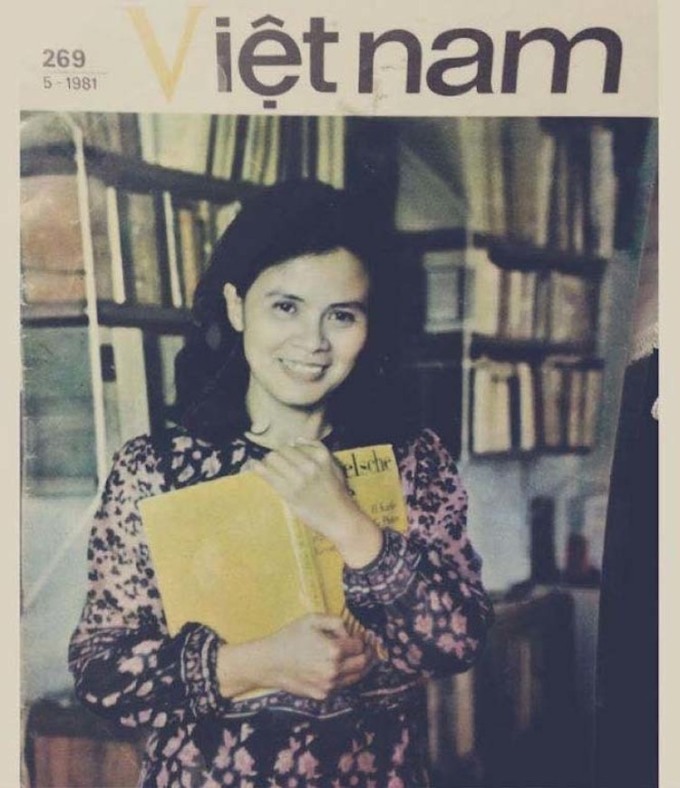
Ms. Sinh on the cover of a newspaper in 1981, at the age of 48. Photo courtesy of Thang Long University
After finishing her thesis, Ms. Sinh wanted to go to France immediately to defend it. However, many people objected because they were worried that she would not return. It was not until 1975 that Ms. Ha Thi Que, then President of the Vietnam Women's Union, persuaded her to fulfill her wish.
"Ms. Que argued that I was 40 years old and it was difficult to find a job abroad at this age, and how could I live there without a job? She also said that I had a child. A woman would never leave her child behind," Ms. Sinh said.
In May 1975, Ms. Sinh went to France to defend her doctoral thesis. Normally, theses are typed and printed. The thesis writers receive support from the scholarship agency or the university where they work. Ms. Sinh had no support. However, with the position of Professor Grothendieck, her handwritten thesis was accepted. This is the only handwritten doctoral thesis defended in France and possibly in the world.
After 50 years of wandering in France, this year, thanks to the help of Professor Ha Huy Khoi, former Director of the Vietnam Institute of Mathematics; Professor Nguyen Tien Dung, University of Toulouse, France and Dr. Jean Malgoire, the last graduate student of Professor Grothendieck, Ms. Sinh's handwritten thesis was brought back to Vietnam.
On the occasion of the 50th anniversary of the establishment of diplomatic relations between Vietnam and France and the 90th birthday of Professor Hoang Xuan Sinh (September 5, 2023), the University of Education Publishing House published the book "Gr-Catégories" including the full text of her doctoral thesis.
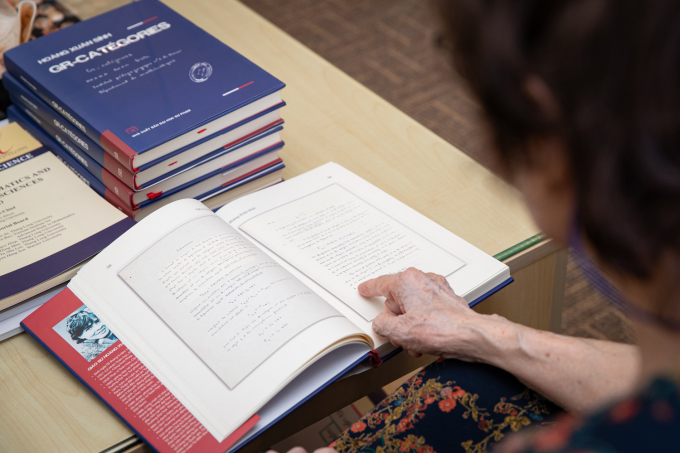
Professor Hoang Xuan Sinh looks at a book with a handwritten copy of his thesis. Photo: Thang Long University
In the introduction printed in the book "Gr-Categories", Professor Ha Huy Khoi shared that the author of the thesis conducted scientific research at a very high level in conditions of isolation from the international community, lacking information, documents, and even the most basic means such as pens, paper, and light.
"Another rare thing is that the thesis's references only have 16 names, most of which are books, not articles. This proves that the results obtained in the thesis are not an expansion of existing results but a beginning," Mr. Khoi wrote.
Holding in her hands the book, which is fully printed with 200 handwritten pages and many documentary photos, Ms. Sinh said she was lucky that the French library still kept this thesis. However, she said that her research was "nothing" compared to the bravery of the lecturers and students at that time - those who held rifles, lay on the roofs and shot at American planes.
"People say that a doctoral thesis is three-quarters the teacher's work because the teacher is the one who guides the topic, and only one-quarter is the student's work. So defending my doctoral thesis is not a big deal," said Ms. Sinh.
Source link



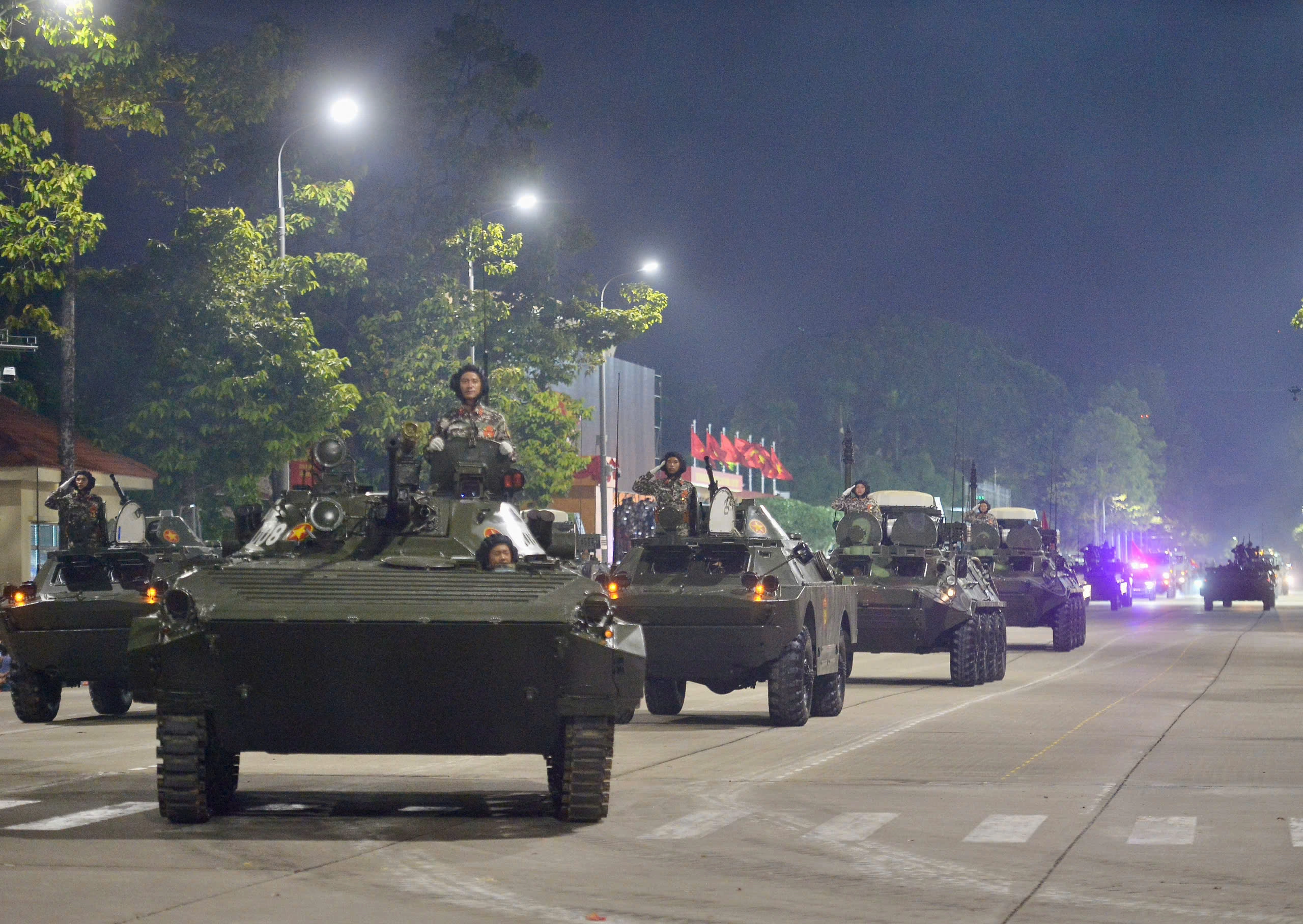
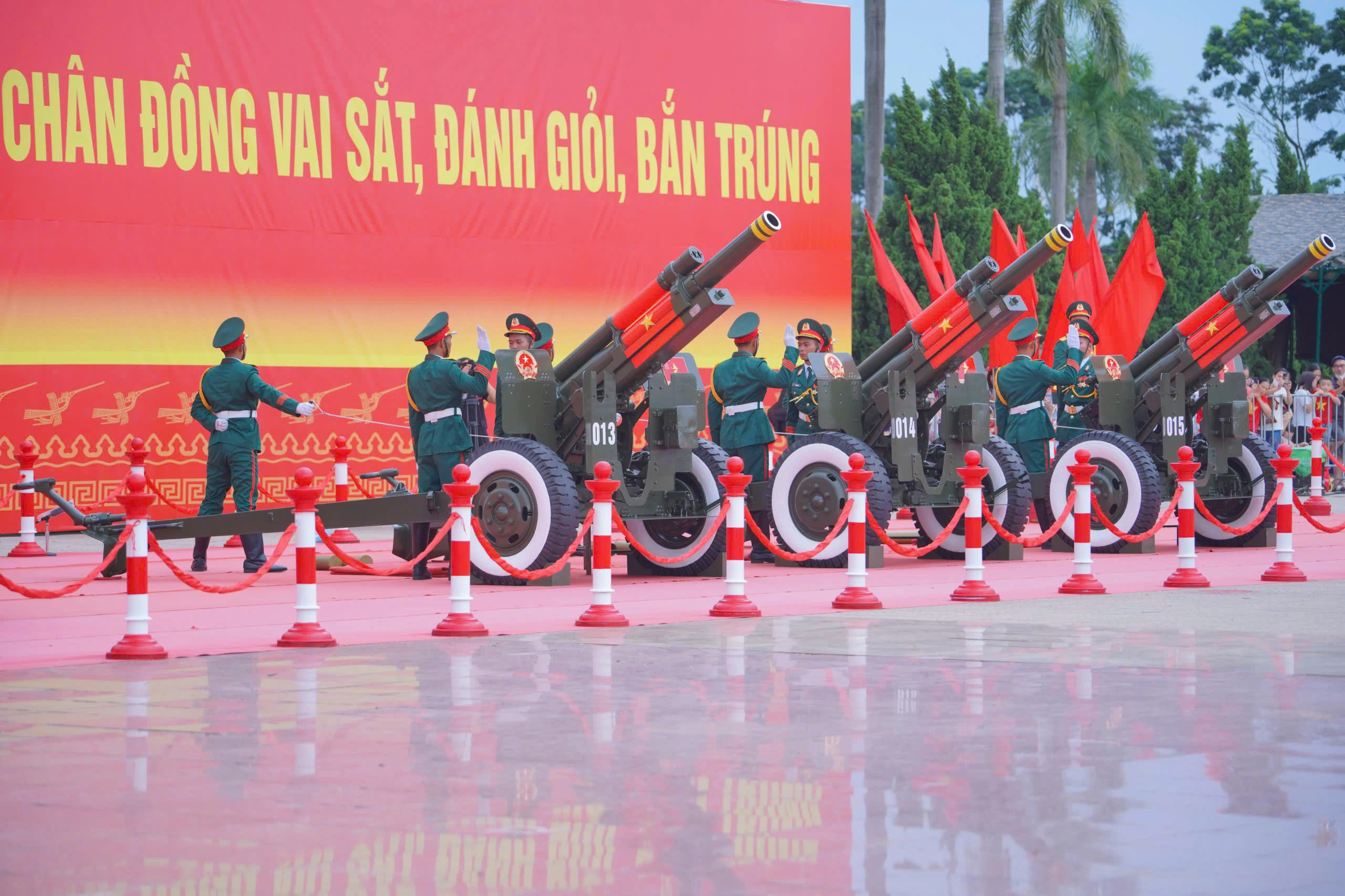
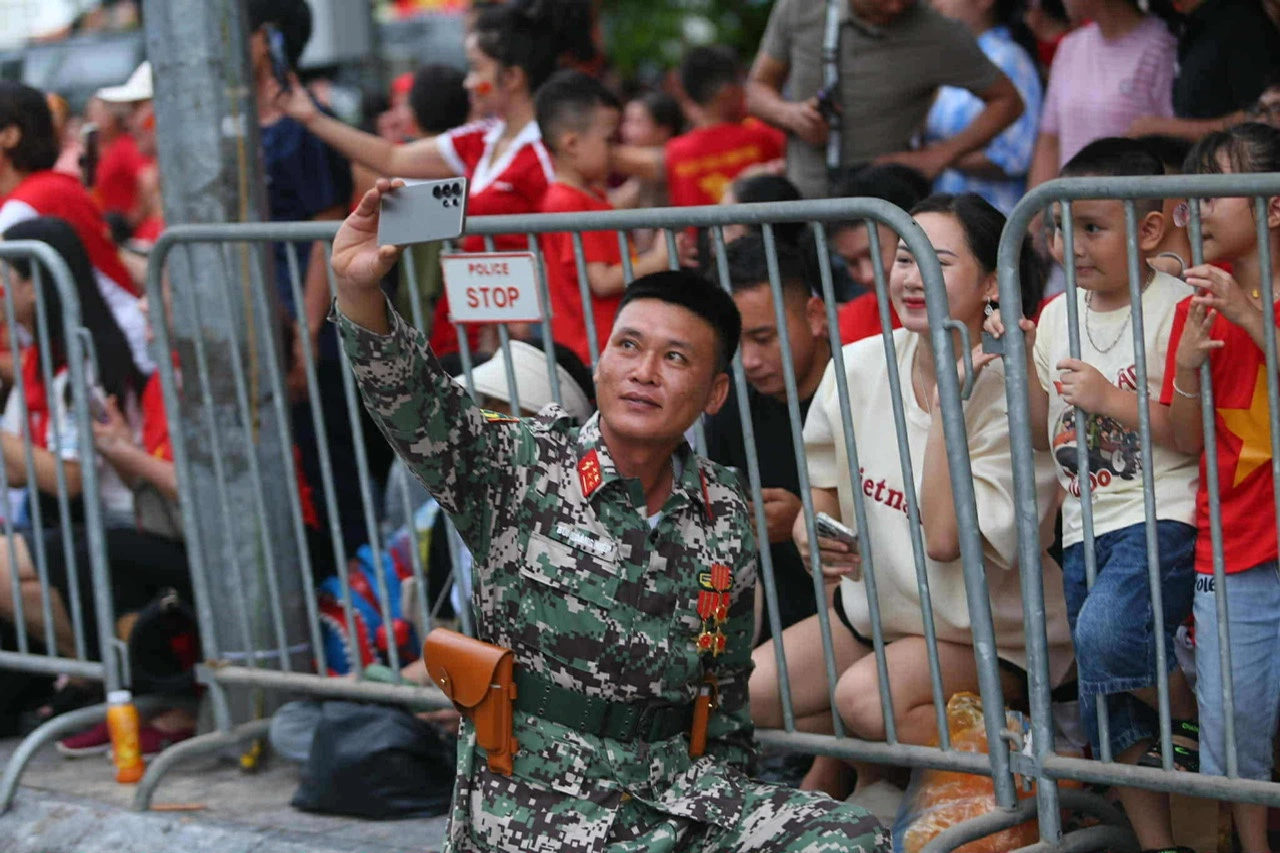


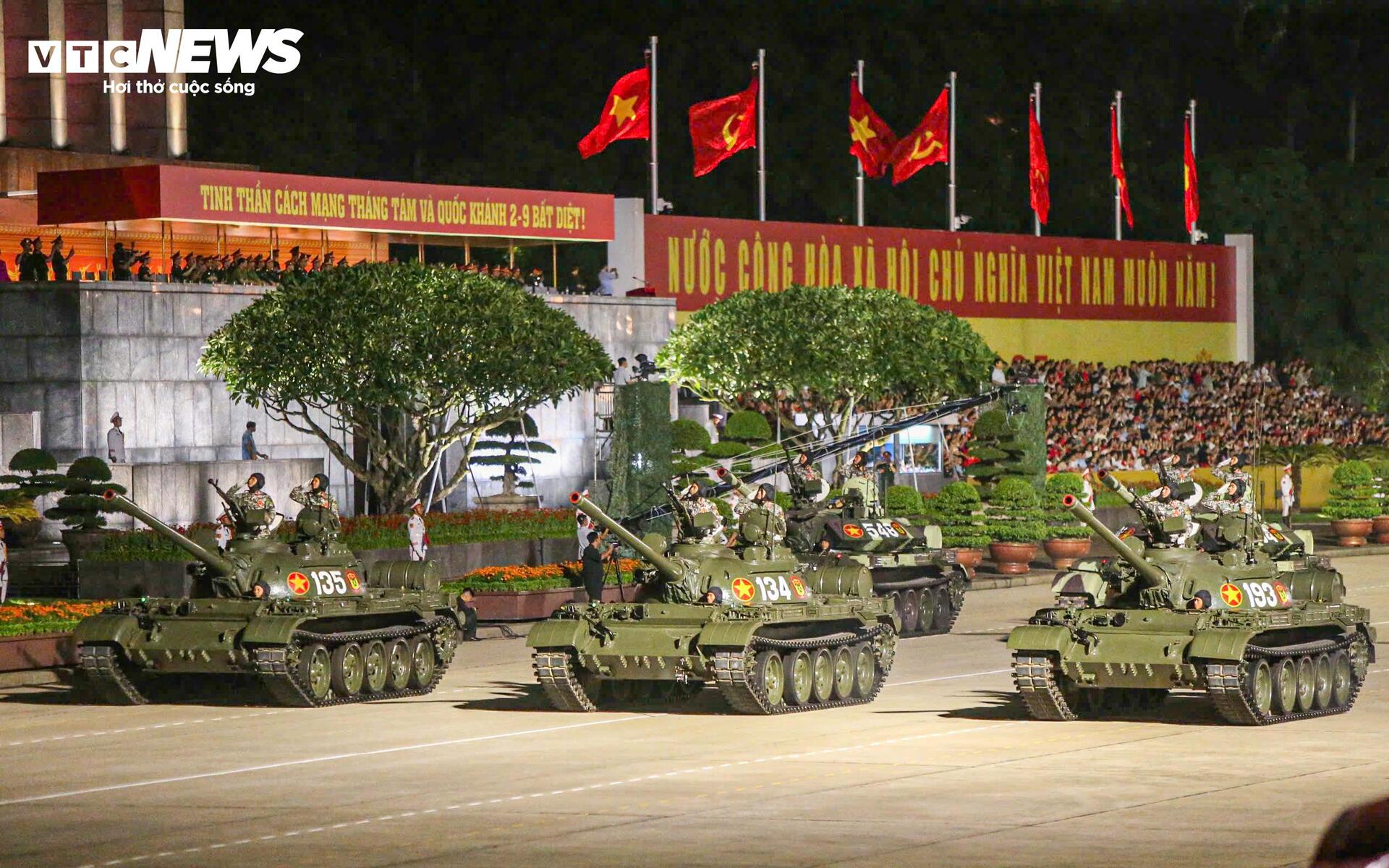
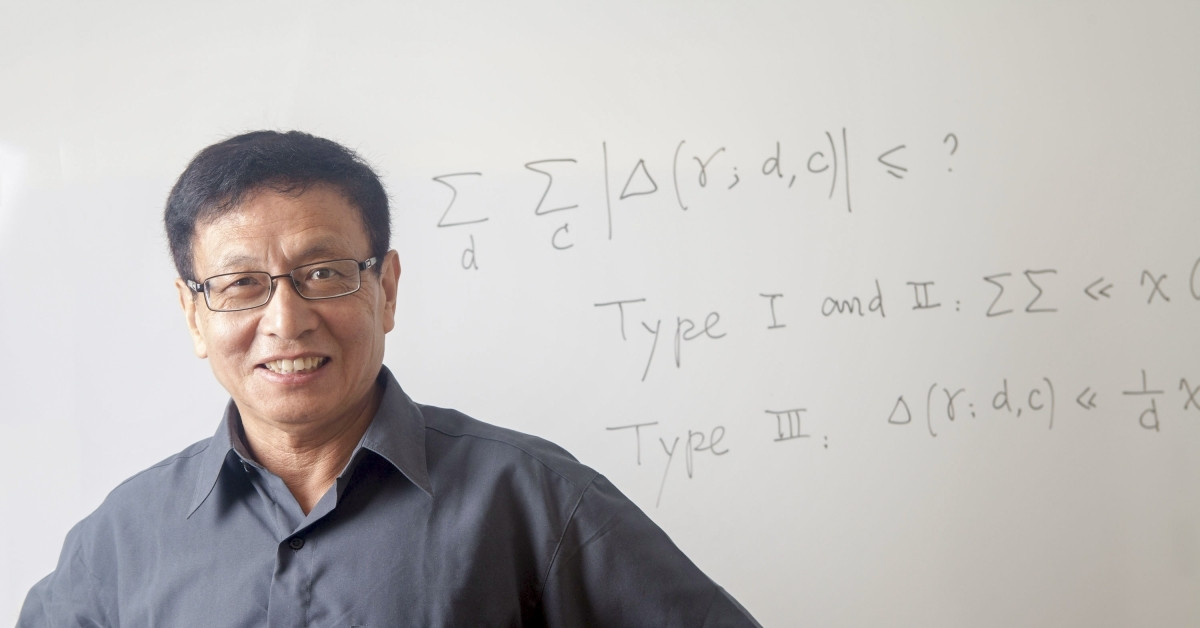

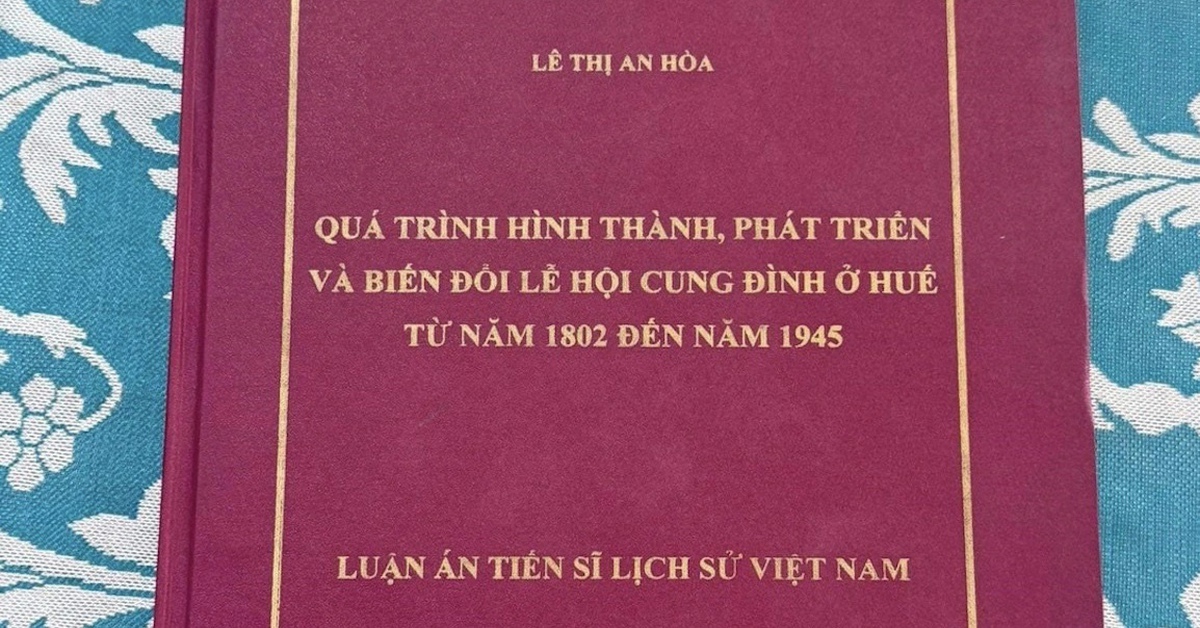

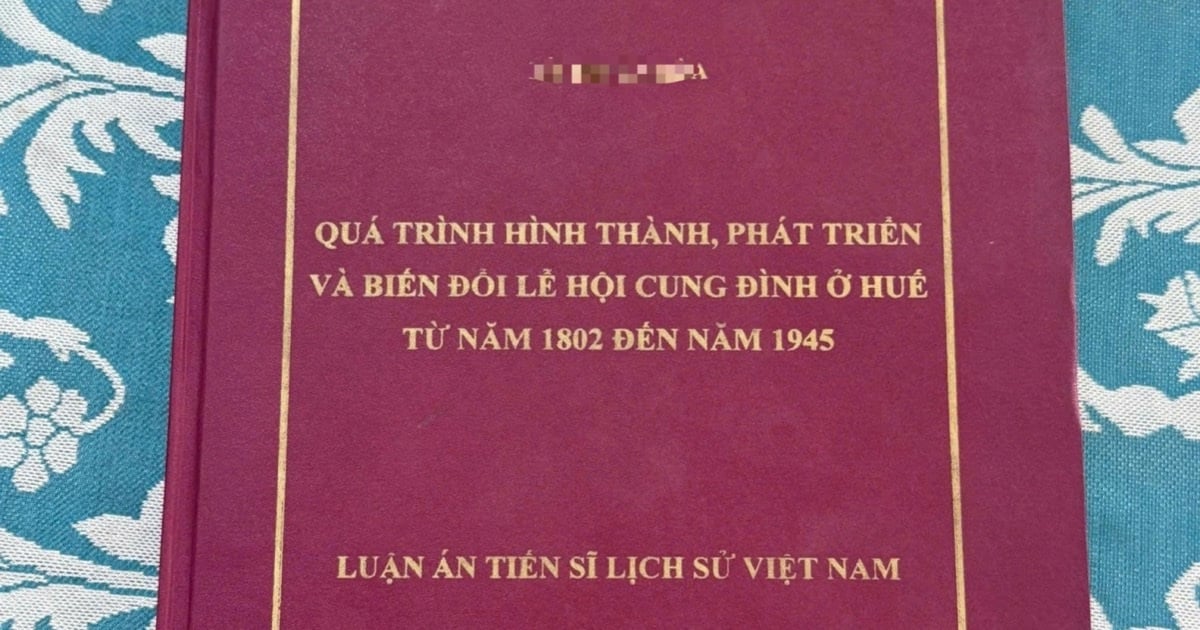

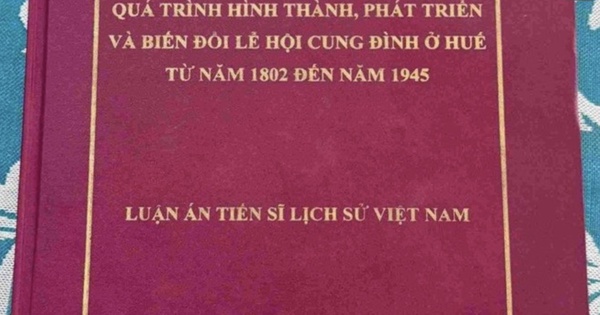



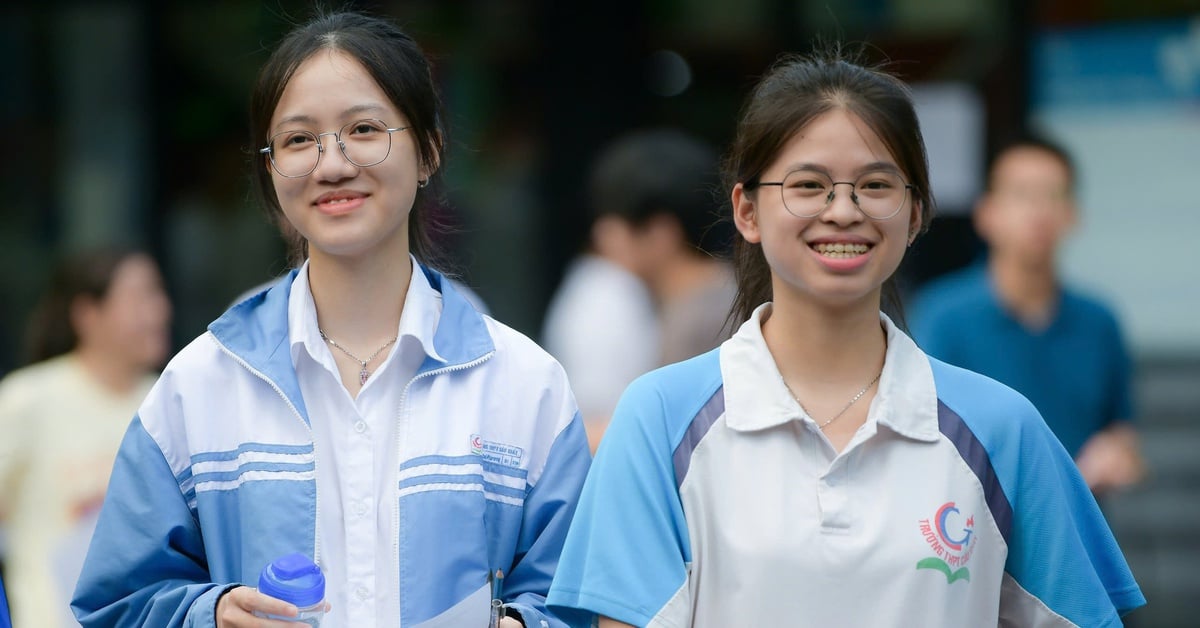


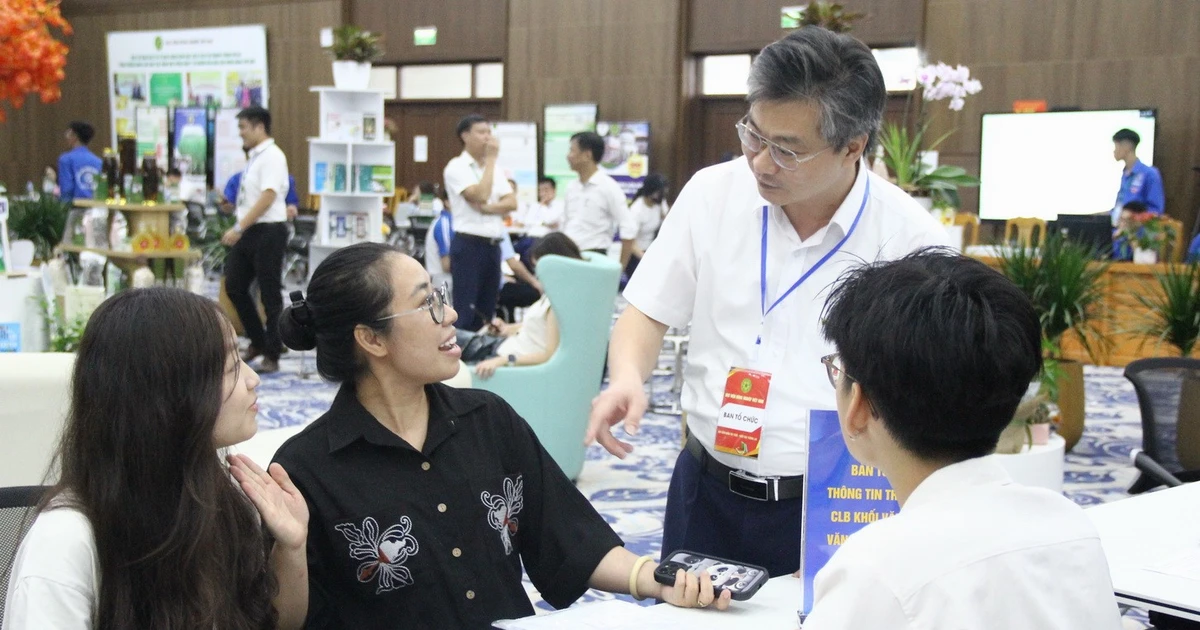



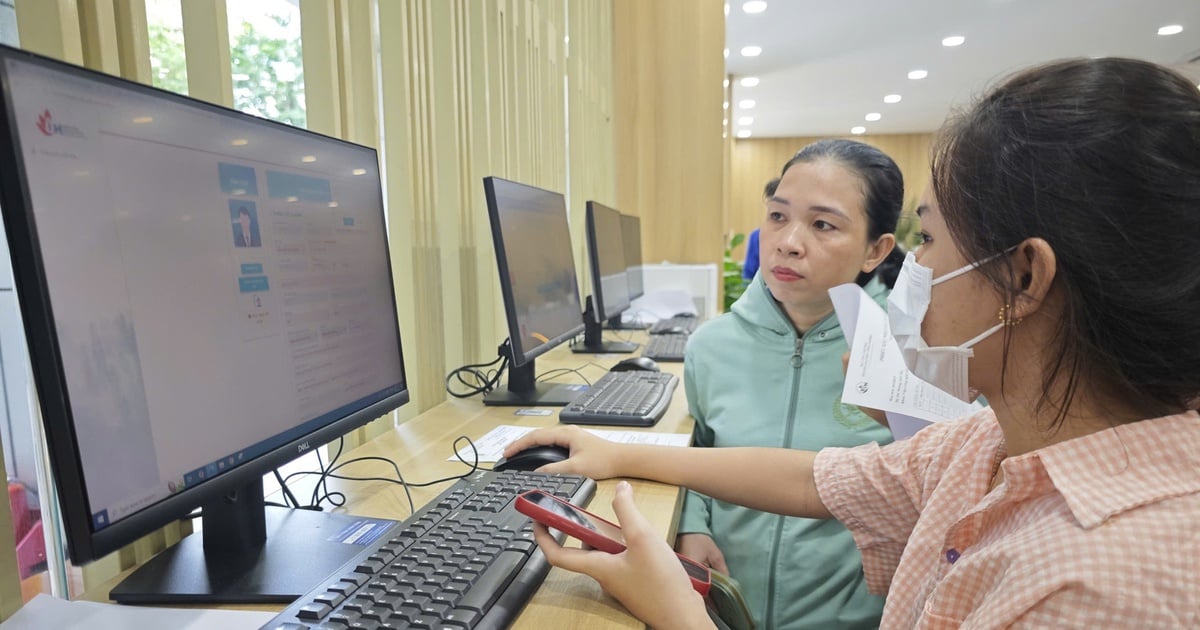











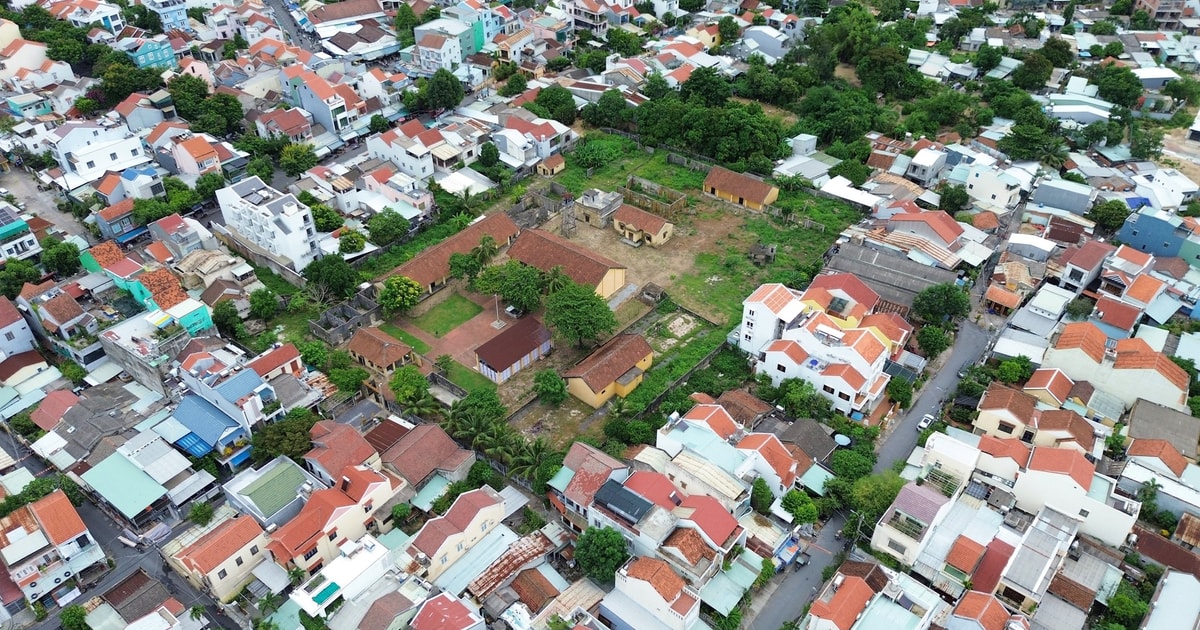



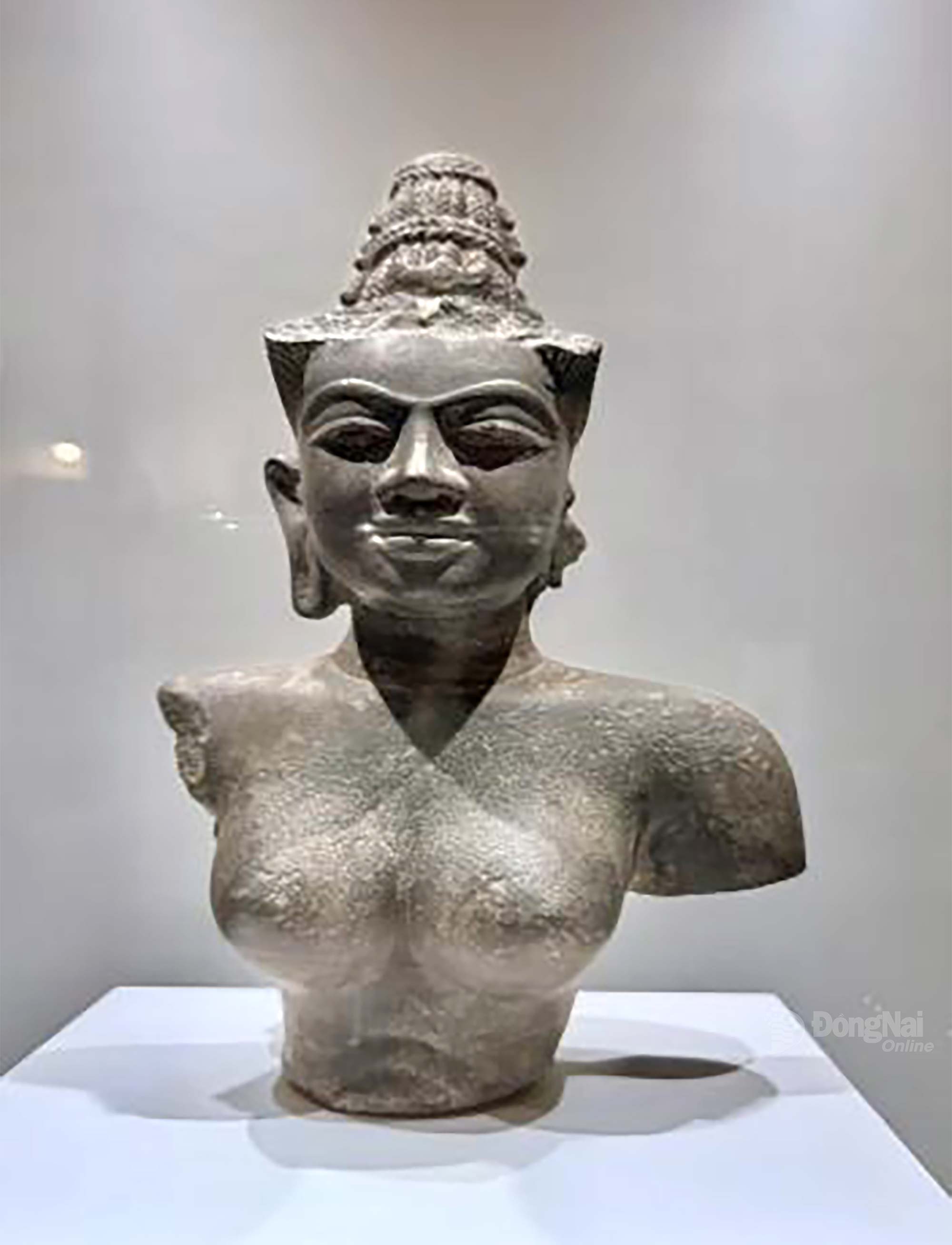









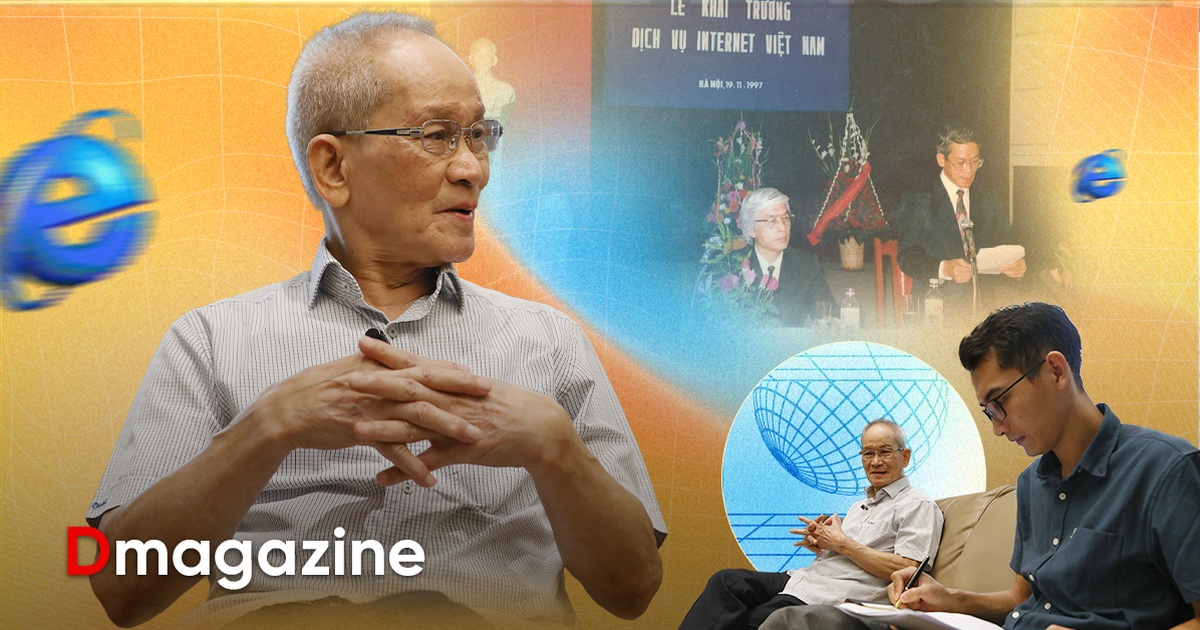

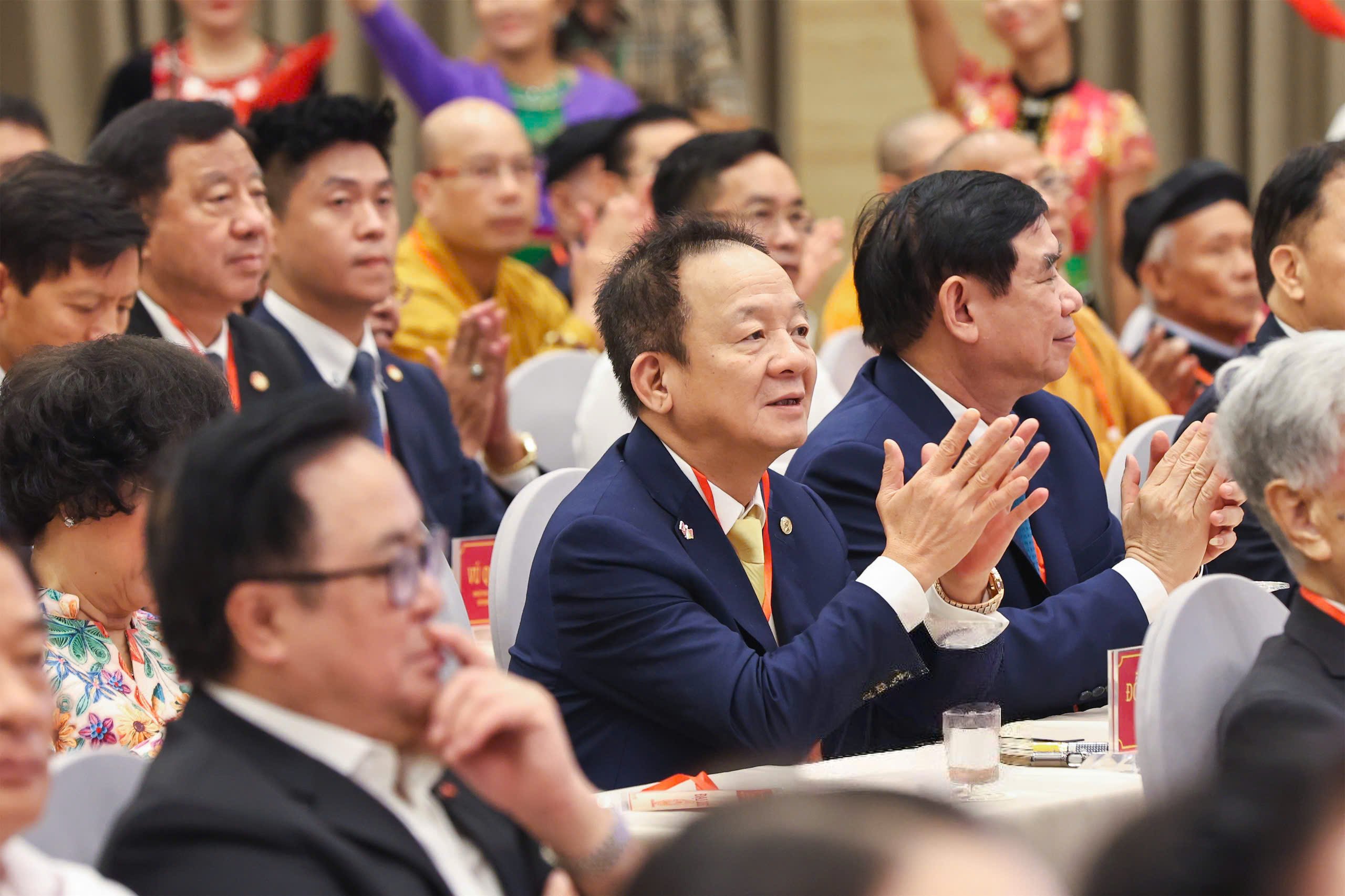












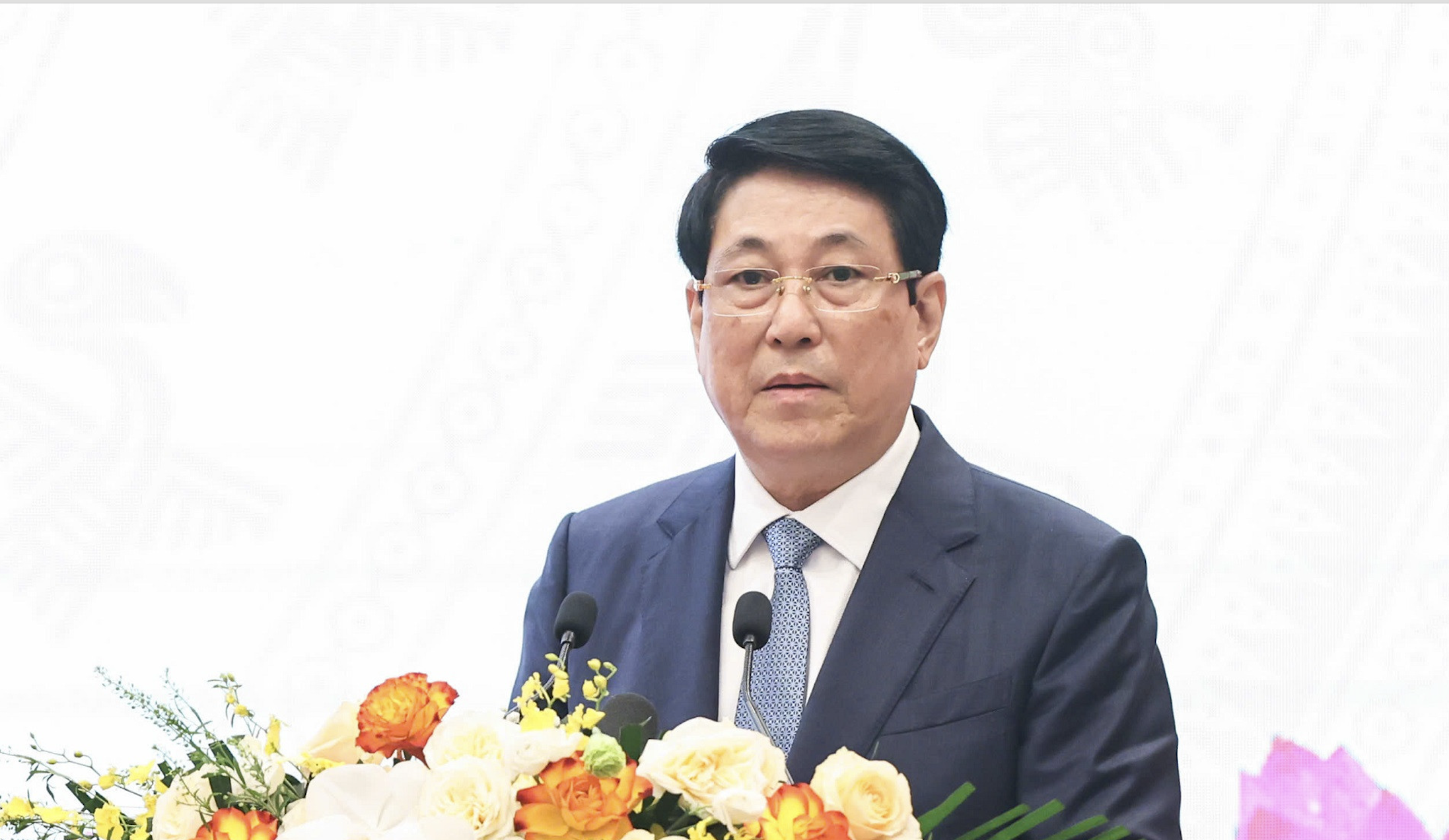

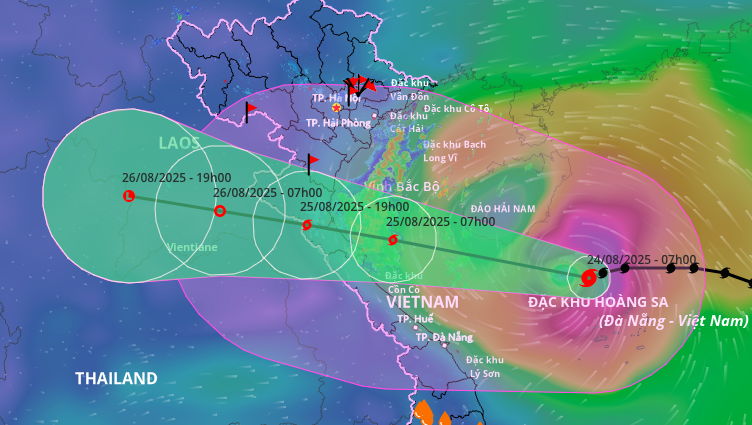




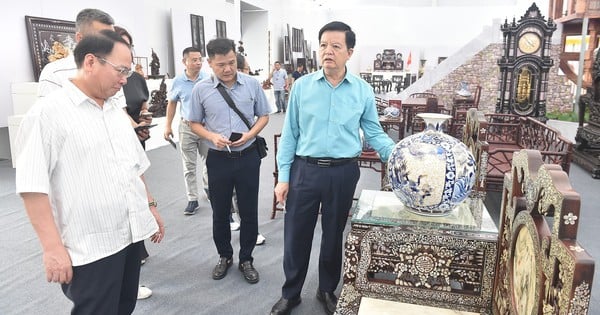


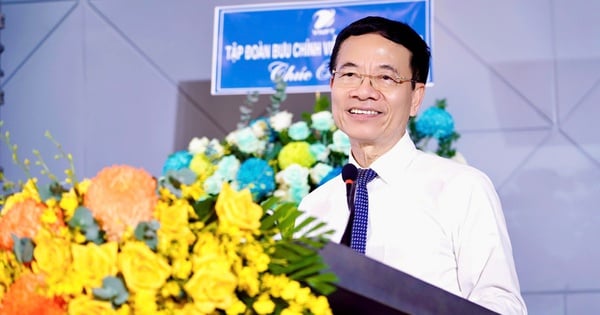







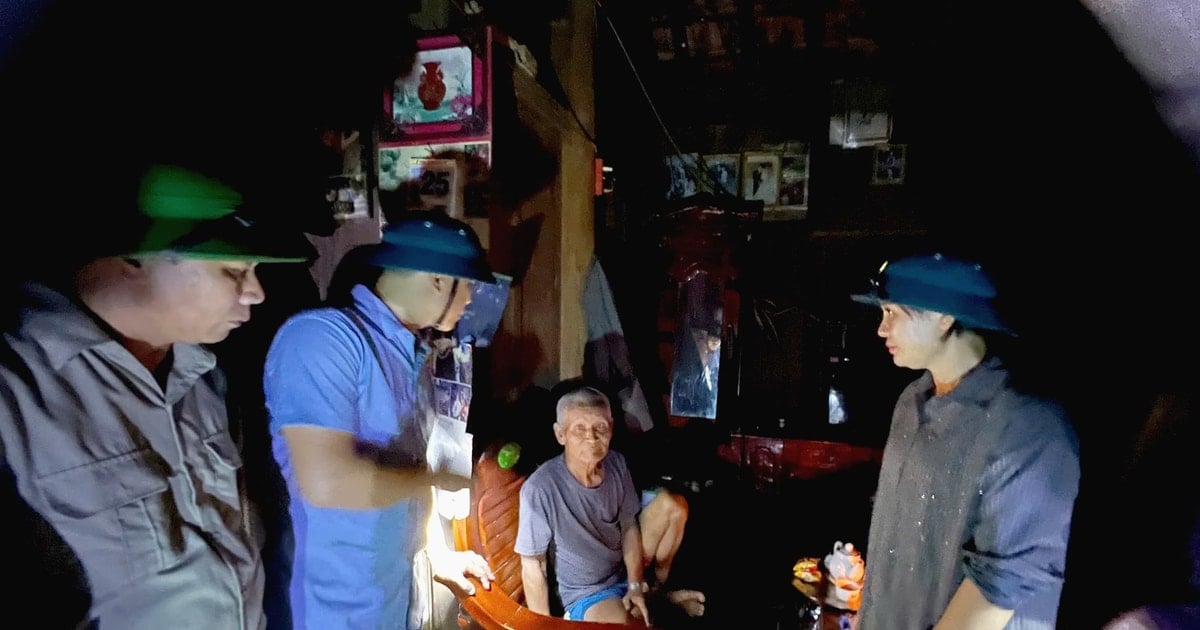



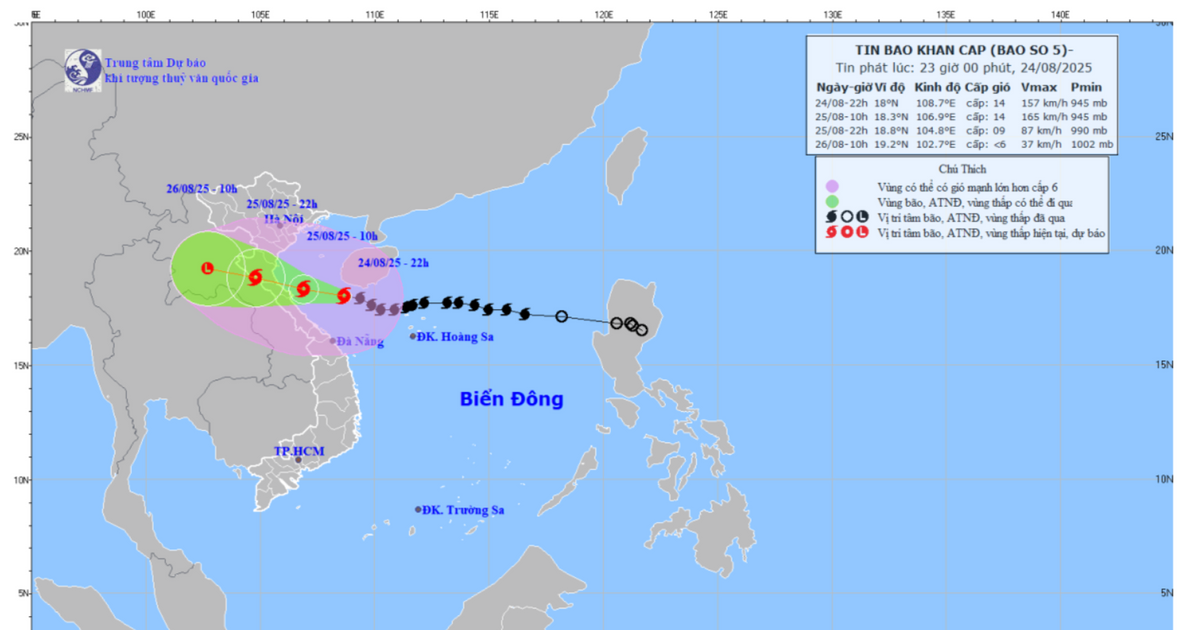






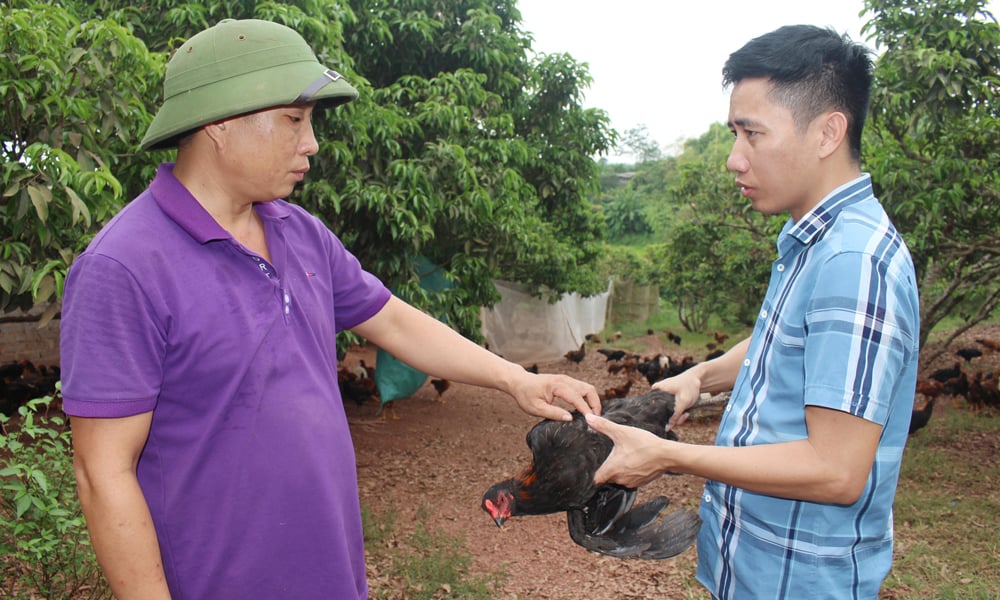
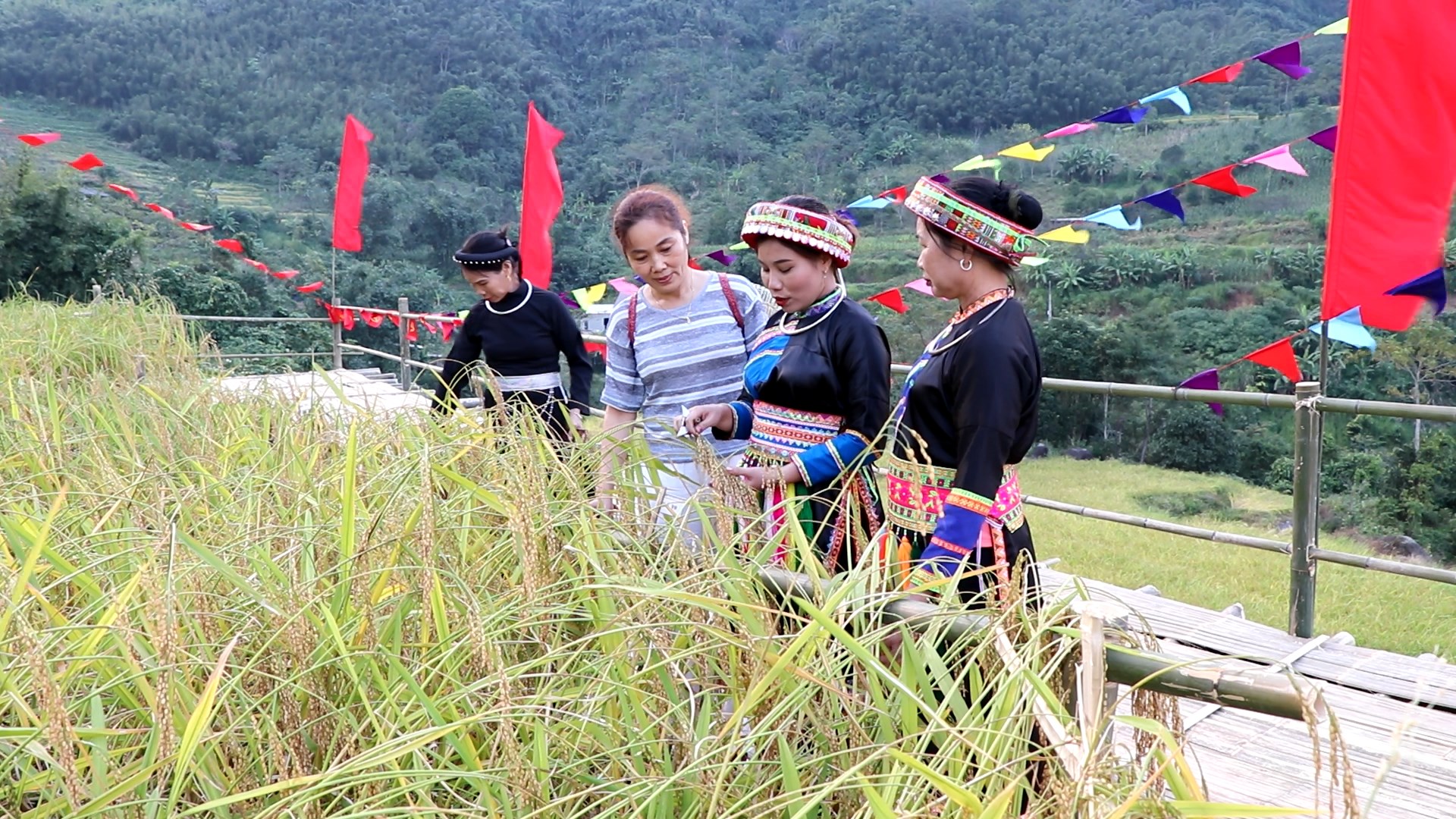











Comment (0)